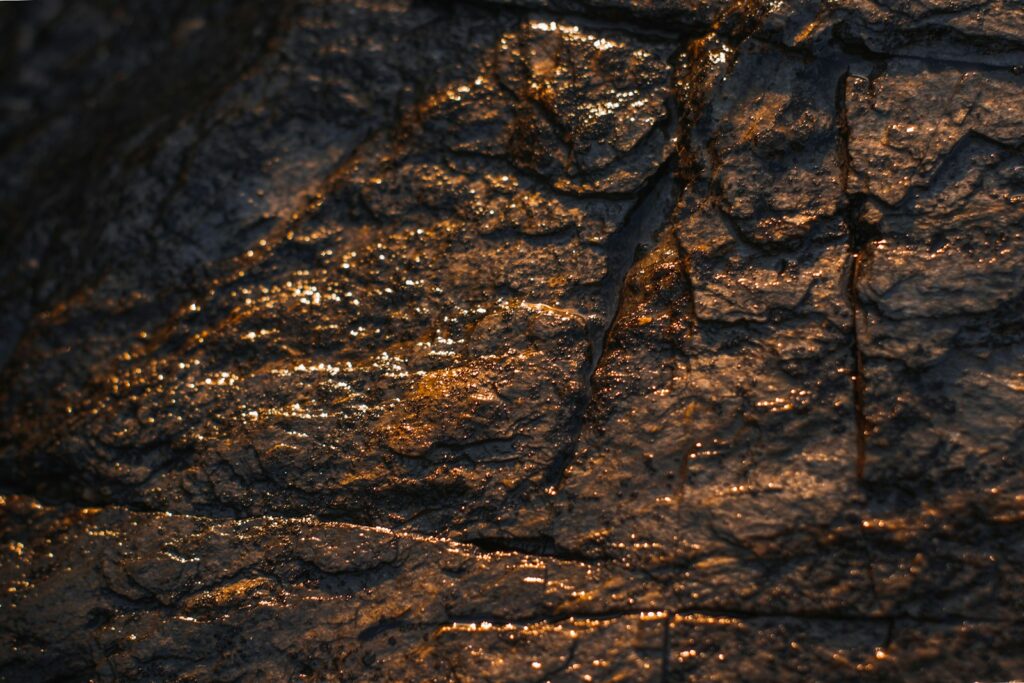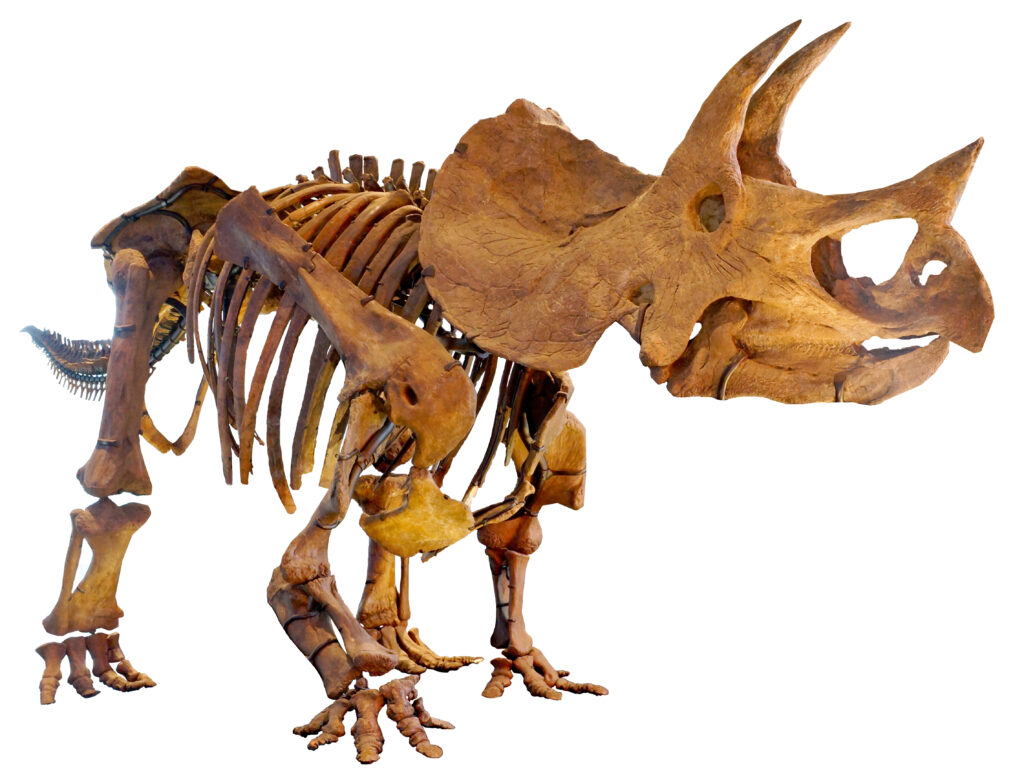Imagine peeling back layers of time to uncover secrets buried for millions of years. You’re about to discover how seven groundbreaking dinosaur finds didn’t just add new names to science textbooks. They completely revolutionized everything we thought we knew about these ancient giants.
These aren’t just stories about old bones. They’re tales of scientific revolution that changed how we picture the Mesozoic world. From feathered predators that looked nothing like the scaly monsters in movies to complete skeletons that revealed dinosaur family lives, each discovery challenged long-held beliefs and opened entirely new chapters in paleontology.
Megalosaurus: The Discovery That Created “Dinosaurs”
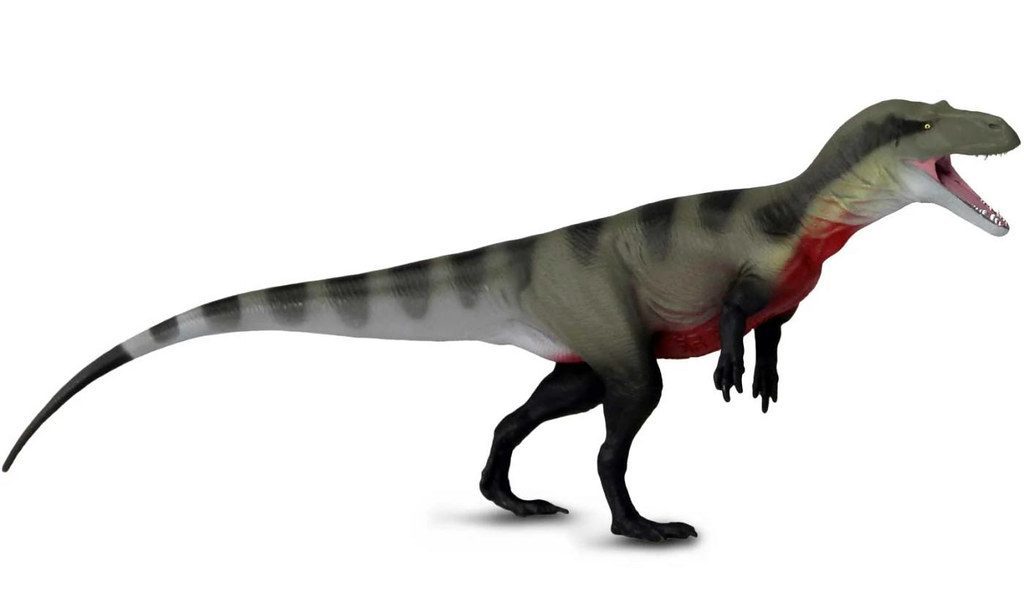
You might think the word “dinosaur” has always existed, yet this fundamental term didn’t appear until 1842. William Buckland (with Cuvier’s help) described these fossils in a scientific article published in 1824. In 1842 Owen decided that these fossils were so utterly different from any known reptiles that they deserved to be classified as a completely new group of giant fossil reptiles: Dinosauria – “terrible, or fearfully great, reptiles”. Prior to 1842 nobody had heard of dinosaurs, the rest is, in essence, history.
It wasn’t until around 1818 that William Buckland, a cleric from the University of Oxford, decided to study in greater detail a number of fossils that had been discovered around Oxfordshire. With help from other scientists, Buckland concluded that the fossils belonged to a type of giant lizard that walked on four legs. It was eventually given the name Megalosaurus bucklandii in his honour.
The significance of Megalosaurus extends far beyond being first. They were soon acquired by palaeontologist William Buckland, who identified them as the skeleton of a gigantic lizard, the likes of which had never been seen before. Research on this creature’s bones continued in the following decades under Buckland, renowned French anatomist Georges Cuvier, and British anatomist Richard Owen, as more and more fragments of bones emerged. This discovery launched the entire field of dinosaur paleontology, creating the foundation for everything that followed.
Archaeopteryx: The Missing Link Between Dinosaurs and Birds
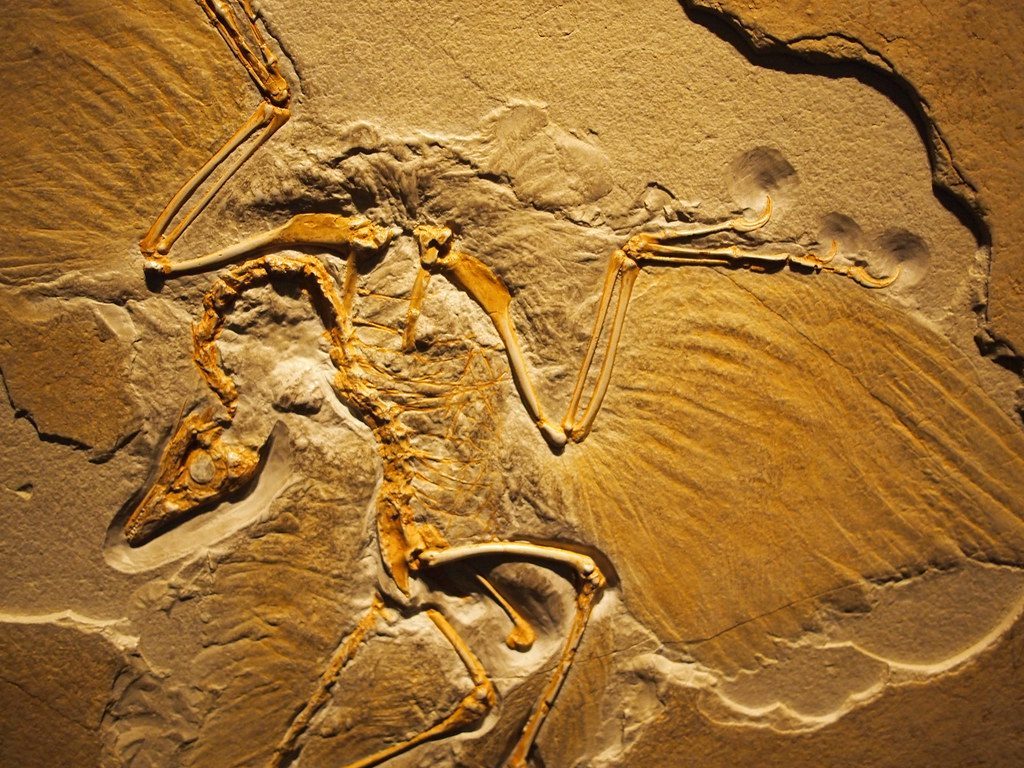
By an astonishing coincidence, a fossil was discovered in a quarry in southern Germany just one year after the publication of Origin. This animal was an absolutely perfect “missing link” that connected living birds with feathers, to the group of scaly reptiles with teeth in their jaws, clawed fingers and long bony tails. Just a few years after this discovery was announced a friend and colleague of Darwin’s, Thomas Henry Huxley, suggested on the basis of the structure of Archaeopteryx, that birds and dinosaurs (not just any old reptile) were close relatives.
The first Archaeopteryx skeleton was uncovered in Germany in 1861. This extraordinary find had clear impressions of feathers around its skeleton. Birds weren’t known from this long ago, so it was described as one of the first birds. What made this discovery earth-shattering was its perfect timing, arriving just as Darwin’s theories were stirring scientific debate.
Similar in size to a magpie, this small ancient creature seemed to solve the ‘missing link’ between birds and dinosaurs, as they featured jaws with sharp teeth, a long bony tail and three clawed fingers. In the fourth edition of his On the Origin of Species, Charles Darwin commented that: Hardly any recent discovery shows more forcibly than this how little we as yet know of the former inhabitants of the world This single fossil provided crucial evidence for evolutionary theory and established the dinosaur-bird connection that continues to shape paleontology today.
The Bone Wars: America’s Fossil Rush That Revealed Giants

A fierce rivalry emerged during the late 1800s between two palaeontologists, Othniel Charles Marsh and Edward Drinker Cope. Both men fought relentlessly to find and name the most dinosaurs. As time went on, the feud became even more bitter and the pair used tactics such as spying, theft and even the destruction of fossils to get ahead.
This period, known as the Bone Wars, transformed dinosaur science through sheer competitive intensity. Teams raced across the American West, uncovering massive skeletons that revealed dinosaurs far larger than anyone had imagined. The rivalry was so fierce that paleontologists would sabotage each other’s dig sites and hire armed guards to protect their finds.
Despite the unseemly competition, the results were spectacular. When the Diplodocus’ skeleton was discovered in Wyoming in 1899, its casting and distribution to museums around the world popularised the word ‘dinosaur’ for the first time amongst the general public. Known affectionately as ‘Dippy’, after a cast of this skeleton was first unveiled at London’s Natural History Museum in 1905, he inspired the subsequent popularity of the entire Diplodocus genus and was, for many, the first dinosaur they had ever seen. This era established dinosaurs in popular culture and provided museums worldwide with the iconic displays that still inspire visitors today.
Sinosauropteryx: The Feathered Revolution from China
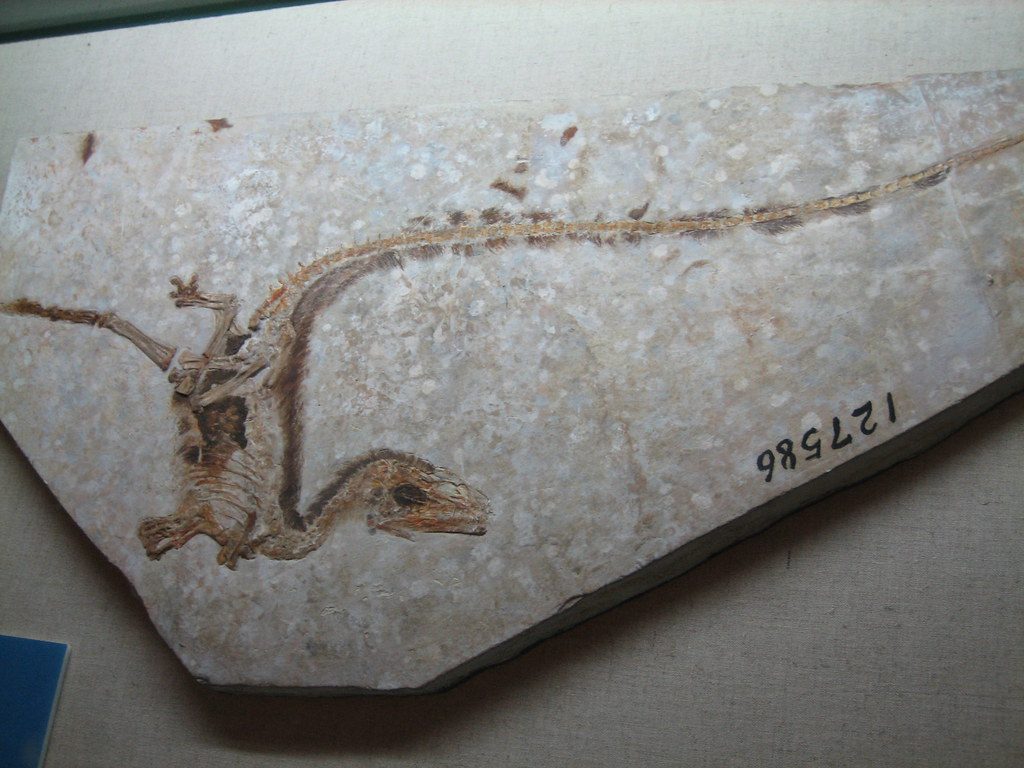
Described in 1996, it was the first dinosaur taxon outside of Avialae (birds and their immediate relatives) to be found with evidence of feathers. It was covered with a coat of very simple filament-like feathers. This discovery from China completely shattered the prevailing image of scaly, reptilian dinosaurs.
However, Currie brought a photograph to the 1996 meeting of the Society of Vertebrate Paleontology at the American Museum of Natural History in New York, causing crowds of palaeontologists to gather and discuss the new discovery. The news reportedly left palaeontologist John Ostrom, who in the 1970s had pioneered the theory that birds evolved from dinosaurs, “in a state of shock.” The scientific community had never seen anything like this small, fuzzy predator.
The discovery of Sinosauropteryx fundamentally reshaped paleontologists’ understanding of dinosaur appearance and their evolutionary connections. Prior to this fossil, dinosaurs were largely depicted as scaly, reptilian creatures, but Sinosauropteryx provided compelling evidence that many theropod dinosaurs were covered in feathers. This revelation strongly supported the hypothesis of a close evolutionary link between dinosaurs and modern birds, demonstrating that feathers emerged much earlier than previously thought, not solely for flight but for other biological functions.
Remarkably, scientists later determined the actual colors of this ancient creature. From studying the traces of pigments left in fossils, scientists have discovered that Sinosauropteryx was mostly a red-brown colour with alternating dark and light bands on its tail. These bands would have helped to camouflage the little dinosaur – kind of like zebra stripes. For the first time, we could see a dinosaur not just as it was built, but as it actually appeared in life.
Sue the T. rex: The Most Complete Predator
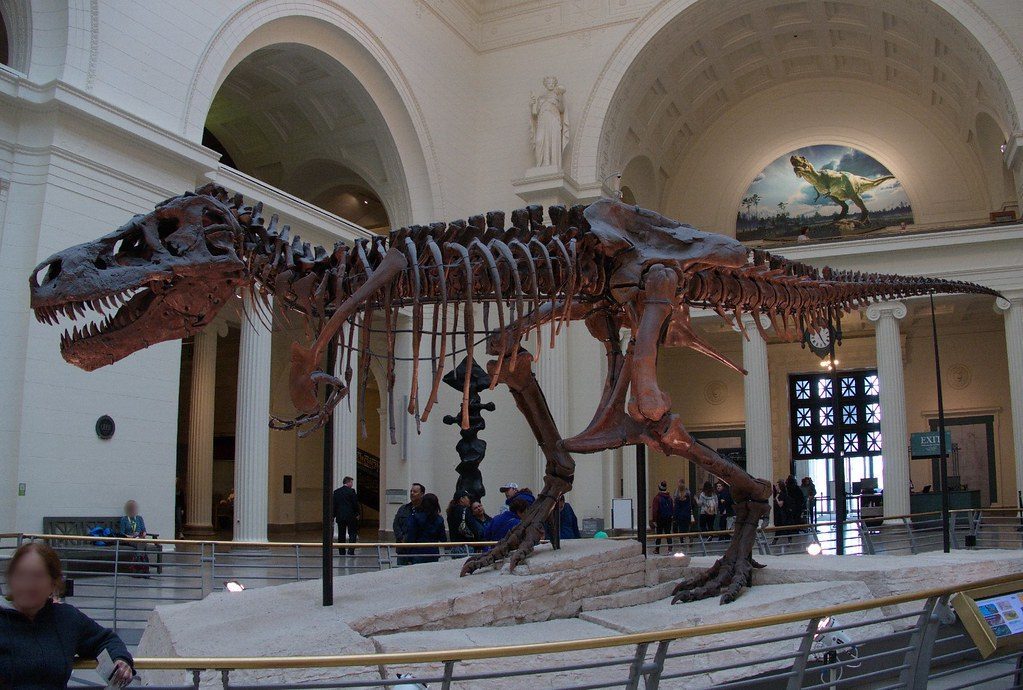
On August 12, 1990, fossil hunter Susan Hendrickson discovers three huge bones jutting out of a cliff near Faith, South Dakota. They turn out to be part of the largest-ever Tyrannosaurus rex skeleton ever discovered, a 65-million-year-old specimen dubbed Sue, after its discoverer. Amazingly, Sue’s skeleton was over 90 percent complete, and the bones were extremely well-preserved.
Previously discovered T. rex skeletons were usually missing over half of their bones. It was later determined that Sue was a record 90 percent complete by bulk, and 73 percent complete counting the elements. Of the 360 known T. rex bones, around 250 have been recovered. This level of completeness was unprecedented and gave scientists their first detailed look at the king of predators.
Sue’s significance extended beyond mere completeness. They have determined that the carnivorous dinosaur had an incredible sense of smell, as the olfactory bulbs were each bigger than the cerebrum, the thinking part of the brain. In addition, Sue was the first T.rex skeleton to be discovered with a wishbone, a crucial discovery that provided support for scientists’ theory that birds are a type of living dinosaur.
Sue’s skeleton bears evidence of several debilitating ailments, including healed broken ribs, a torn tendon, and a damaged shoulder blade, likely sustained from struggling prey. The presence of arthritis in its tail further indicates the challenges of its advanced age. Perhaps most striking is a severe bone infection in its left fibula, which grew to twice the size of the right, possibly from an encounter with a horned or armored dinosaur. Sue revealed that even apex predators lived difficult, painful lives in the Mesozoic world.
Maiasaura: The Good Mother Discovery

The Maiasaura fossils were interestingly found in a large nesting colony in Montana in 1978, with eggs, embryos and young animals all discovered inside nests. This discovery completely transformed our understanding of dinosaur behavior and social structures.
Before Maiasaura, most scientists assumed dinosaurs were solitary creatures that laid eggs and abandoned them, much like modern crocodiles or turtles. This Montana site revealed organized nesting grounds with carefully constructed mud nests arranged in colonies. The presence of juveniles of different ages in the same area suggested that parents actively cared for their young.
The name Maiasaura itself means “good mother lizard,” reflecting this revolutionary understanding. Evidence showed these hadrosaurs brought food to their nests and protected their offspring long after hatching. This discovery sparked an entire field of research into dinosaur family behavior, social structures, and parenting strategies. It revealed that the Mesozoic world was far more complex socially than anyone had imagined, with sophisticated behaviors that paralleled those of modern birds and mammals.
Zavacephale rinpoche: The Perfect Dome That Rewrote Timelines
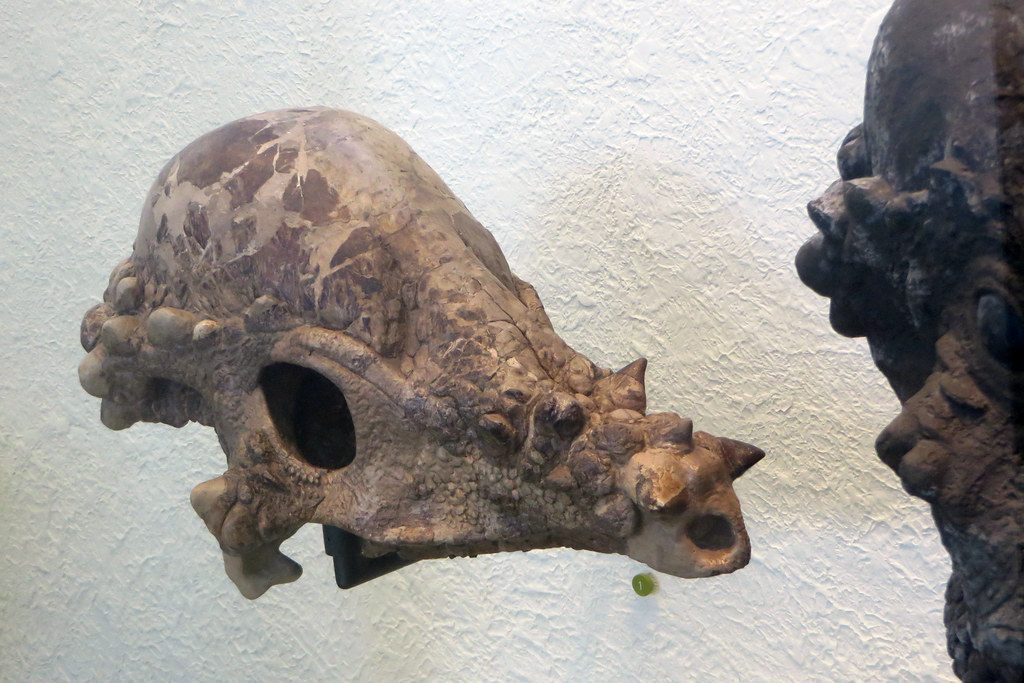
Paleontologist Chinzorig Tsogtbaatar and several colleagues set out by foot from their campsite to a rocky outcrop dating back some 110 million years to the early Cretaceous. “Then, after 15 to 20 minutes, I saw something [on the] other side of the hill,” says Tsogtbaatar. It was a bright object of some sort. “It [didn’t] look like a rock,” he recalls. “It [was] very unusual.” Once he got closer, Tsogtbaatar – who now works at North Carolina State University – knew exactly what it was. A dome-shaped skull. It turned out that Tsogtbaatar had just discovered a new species of pachycephalosaur, a unique group of dinosaurs defined by their thick, bony, hemispherical skulls but about which little else is known.
“This is the first definitive pachycephalosaur that’s ever been found in the early Cretaceous,” says Lindsay Zanno, also a paleontologist at North Carolina State University in addition to serving as the head of paleontology at the North Carolina Museum of Natural Sciences. “It just pops out of the fossil record with a fully developed dome, and bells and whistles on its head.” The new specimen is 15 million years older than what had previously been the oldest pachycephalosaur ever found. “So this dinosaur fills in a critical gap in the early evolution of this famous group of dome-headed dinosaurs,” says David Evans, a dinosaur
This shows that young pachycephalosaurs like this one already had fully developed domes. “Whether they were battling it out for territory or mates is something we’re not entirely sure of,” says Zanno, “but what’s clear is that whatever they were doing with those domes, they started practicing at a very young age.” This juvenile specimen proved that dome-headed dinosaurs developed their distinctive cranial architecture much earlier in both individual development and evolutionary history than previously thought.
Conclusion
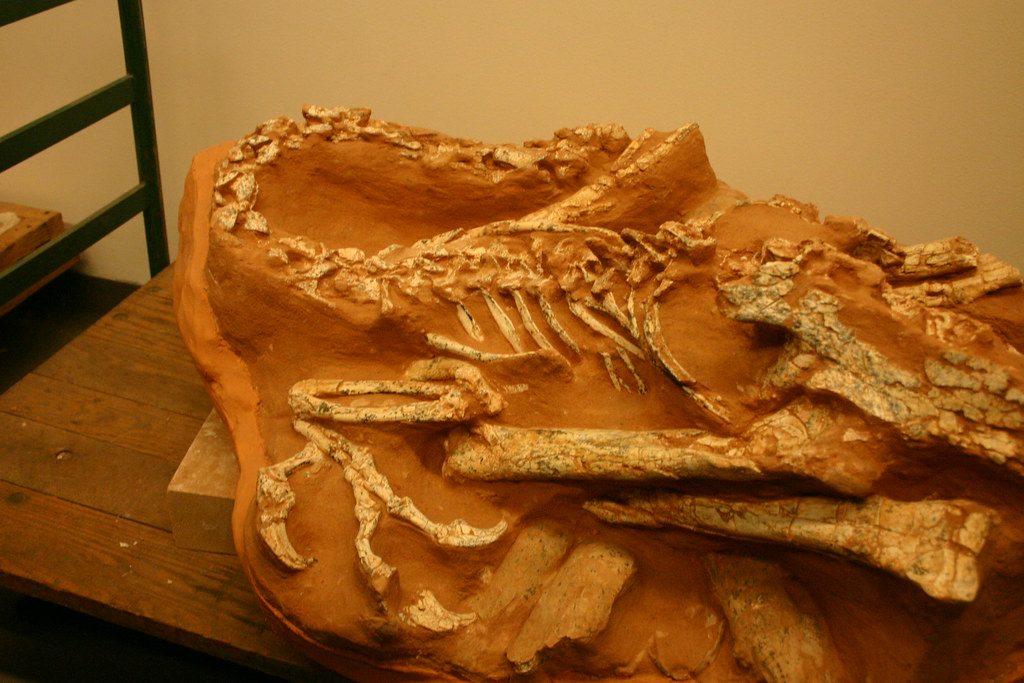
These seven discoveries represent more than just remarkable fossil finds. They fundamentally altered our understanding of Earth’s most fascinating inhabitants, revealing a world far more complex, colorful, and behaviorally sophisticated than anyone imagined. From the first recognition that such creatures existed to the stunning revelation that many sported feathers and lived in social groups, each discovery built upon the last to create our modern understanding of dinosaurs.
What strikes you most about these game-changing finds? Tell us in the comments.


